American Eels are pretty impressive creatures.
They swim 5,000 kilometres from Ontario waters to the Sargasso Sea near Bermuda to spawn. Then their offspring make the long journey back.
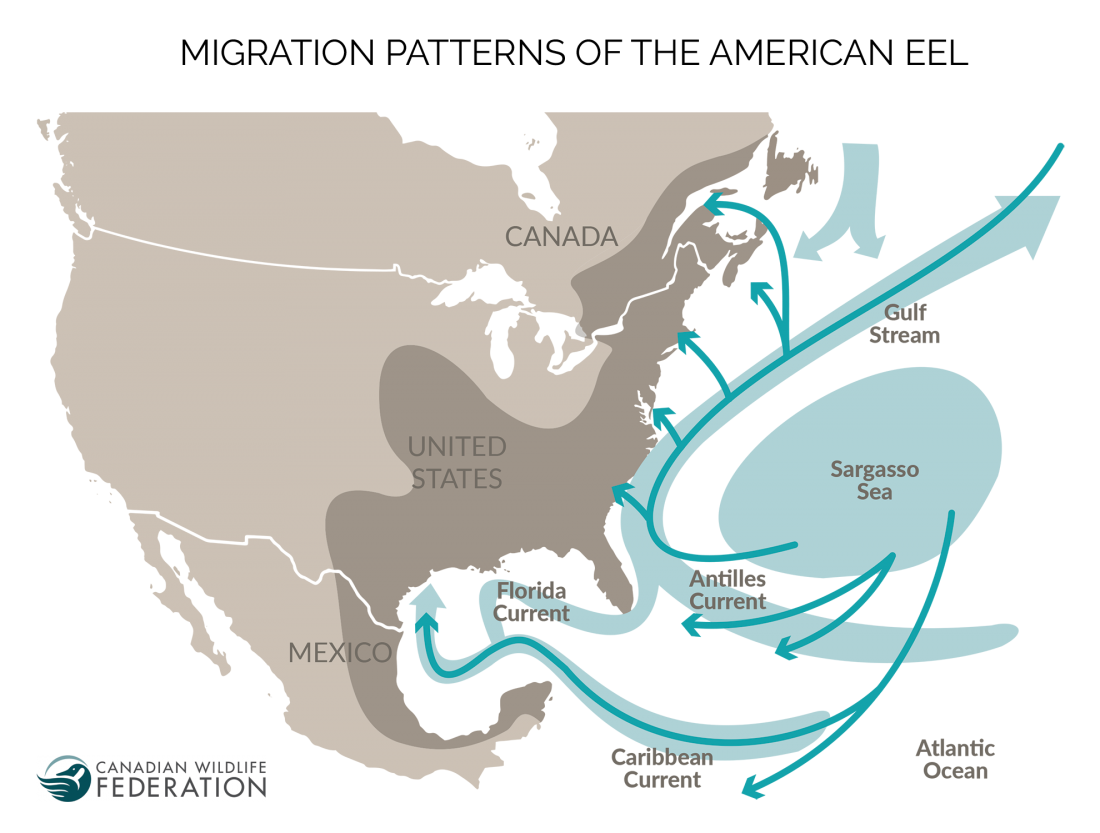
Considering they’ve got such a long trek, you’d think making the journey itself and the sheer energy they’d exhaust making it would be the hardest part for these eels.
Unfortunately, it’s really not.
They face so many threats along the way, like facing barriers such as dams and turbines that can kill adults as they return to sea. They’re having such a hard time that they’ve declined by more than 99 per cent in Ontario.
It’s Not Looking Good for the Eels
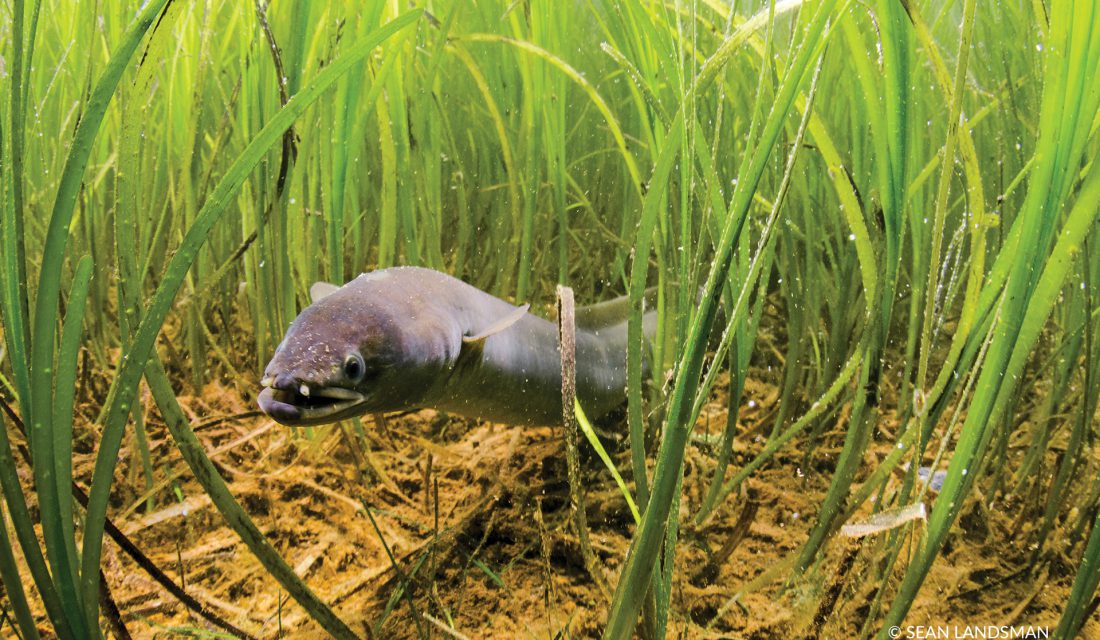
That’s why it’s more important than ever that they become listed. They’re already considered Threatened by the Committee on the Status of Endangered Wildlife in Canada, but they still haven’t been listed under the Species at Risk Act. Getting listed would make such a big impact for the American Eel. It would protect the species. And they certainly need our protection!
The good news? The Department of Fisheries and Oceans is in the final stages of developing listing advice to Cabinet on whether or not to add the American Eel to the Species at Risk Act. The bad news? They’ve been reviewing it for over three years and still haven’t delivered their final listing decision.
We Need Action if We Are Going to Save the American Eel!
This Rivers to Oceans Week, we want to help the migratory species that need it the most.
Will you send an email to government urging them to list the American Eel in the Species at Risk Act?
Follow That Fish!
Click on the map below to follow the migratory routes of the American Eel. Discover the great threats they face along the way and learn how you can help.

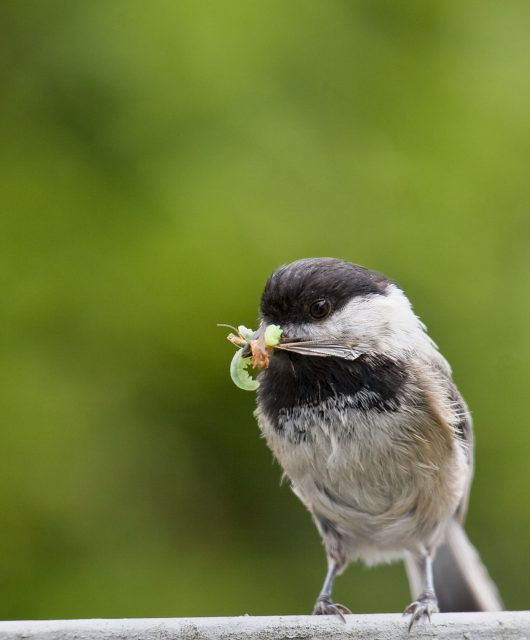
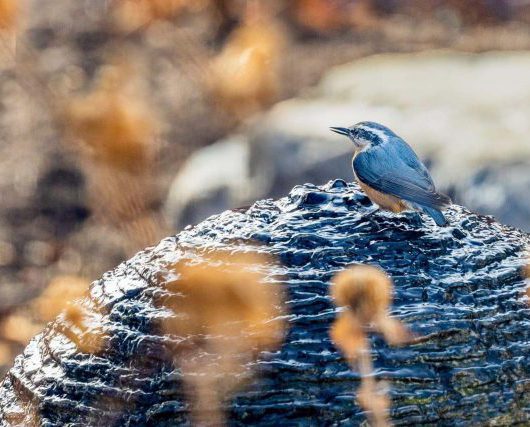
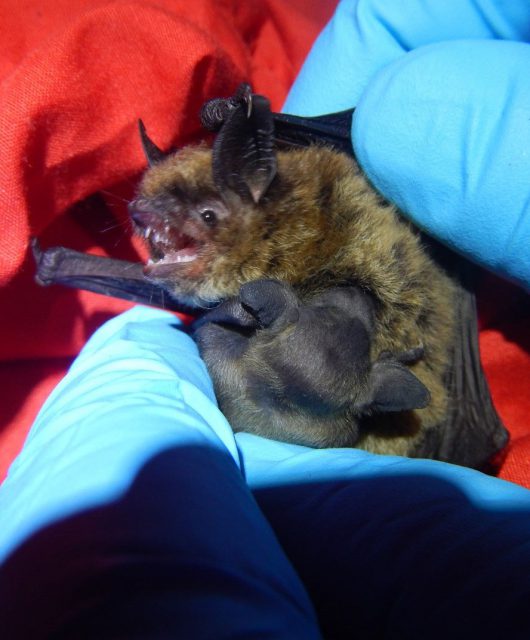


3 comments
American eel is doing very well and is prolific all across the maritimes, Newfoundland and Quebec. As well as the entire easternseaboard of the us. They do not need listing. What needs to happen is the scientist and law makers need to see in person the millions and millions of elvers we are seeing each year.
You are right that there are locations in eastern Canada where American Eel populations are healthy or even increasing. But in other locations in Ontario, Quebec, the Maritimes, and many US rivers, they have declined, sometimes catastrophically. Species at risk assessments are based on data from across their ranges and consider overall trends. This essentially means that scientists have looked at (or looked at data from) both those locations where eels are doing well and where they are doing poorly, and have considered the overall trend. Generally, listing decisions are based on the degree of range-wide declines over the past few generations, not on whether some sub-populations are doing well.
The assessment report explains what data were considered and how the conclusion to list the species as Threatened was reached: https://wildlife-species.canada.ca/species-risk-registry/document/default_e.cfm?documentID=2452
American Eel are a particularly unique species in that they all spawn together in one location. That means that drastic declines across much of the species’ range is a direct threat to populations that still seem healthy. Those maritime populations have always been linked to Ontario eel populations, which provided the largest numbers of big female eels to the global population. We really don’t know how currently healthy eastern populations will fare over the long run now that those big females are all but lost and many other populations are gone or in decline.
As we learn more about the costs of transporting foods long distances, we should place special emphasis on creating and protecting our native food sources…there is nothing more ecologically sound than having good food sources out the back door…this was once true with cod, and when lobster was not a food for the rich…salmon too. Let’s not let these animals become so rare that they are no longer an option. I don’t believe very animal should exist solely for man to exploit, but maybe people asked to be in conservation would need understand if they saw eels as an important resource…the Asians understand how good they are, that is why most of what is caught is sent away, at great ecological cost.